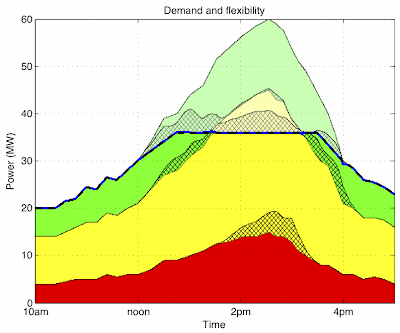Let's review the motivation: I got into synthetic biology from spatial computing, as a potentially really interesting and important application area. Cells, you see, can be viewed as computing devices, and a tissue, colony, or biofilm is a collection of locally interacting cells that clearly may be viewed as a spatial computer. That's one of the original drivers behind the amorphous computing project, where I did my graduate work, alongside synthetic biology pioneers like Tom Knight and Ron Weiss. They went down into cells, while I went up into the abstractions.
Spending time around the synthetic biology folks, I naturally got interested, and eventually realized there's a tight match between the computational models in Proto and the semantics of genetic regulatory networks. Wonderful! Now all we need are some well-characterized parts, and we can apply compiler technology and automatically generate designs for multicellular organisms and the whole shebang...
All we need...
All we need is something that the field of synthetic biology has been struggling with since its inception. What exactly does it mean for a part to be well-characterized, and how do you use a well-characterized part to predict the behavior of a composite circuit? Hell, what is this "part" thing of which you speak, young padawan?
When we started the TASBE project in Fall of 2010, working with Ron's lab, we quickly realized that the existing data wasn't up to the standards we needed, and set about improving the methodology. You biologists in the audience should begin to laugh knowingly at this point.
It's been a long, long march, but we're seeing things that (to the best of our knowledge) nobody's ever seen before, and modeling things that nobody's ever needed to model before. We've had preliminary results better than anybody else has ever seen, then been convinced by the higher resolution data that we needed to study things yet more. And maybe, just maybe, we're finally there...
The long march continues, but the destination is in sight. And if we get there, then it will be a big step forward for synthetic biology.
And maybe then we can start thinking about the cells as spatial computers again as well...

